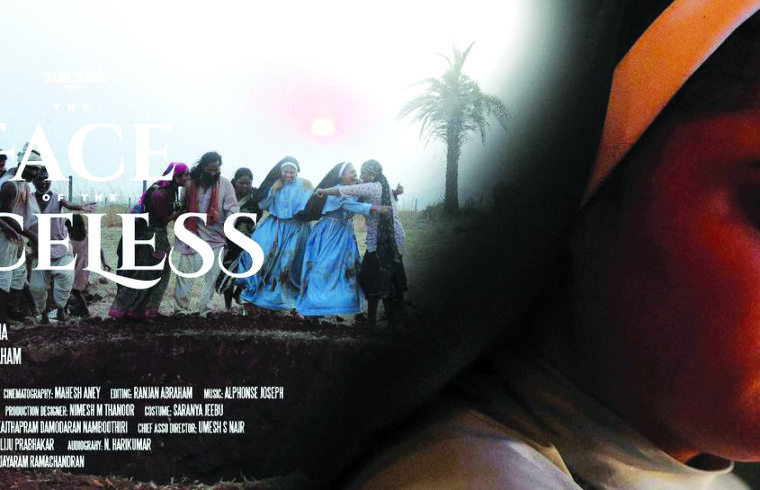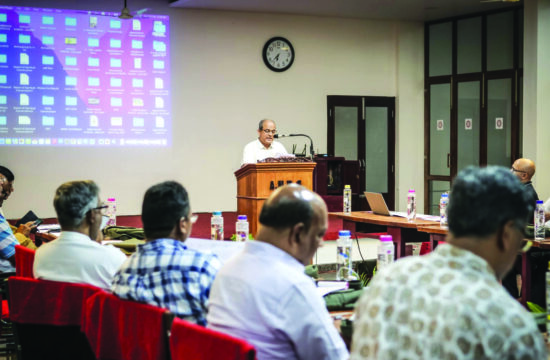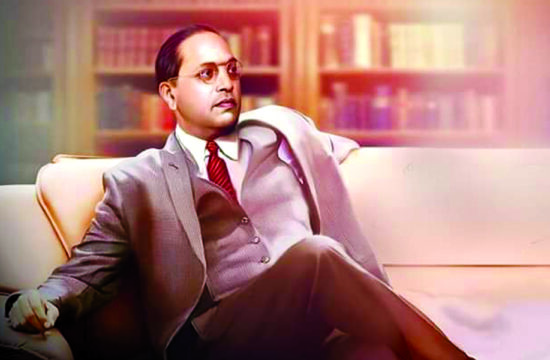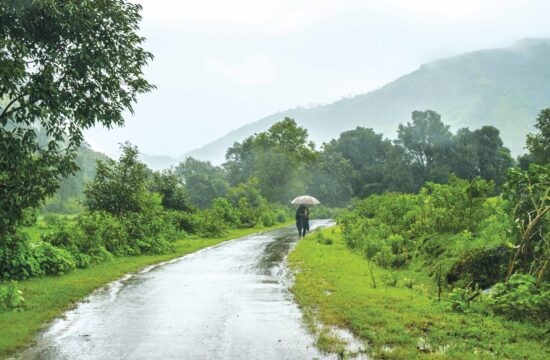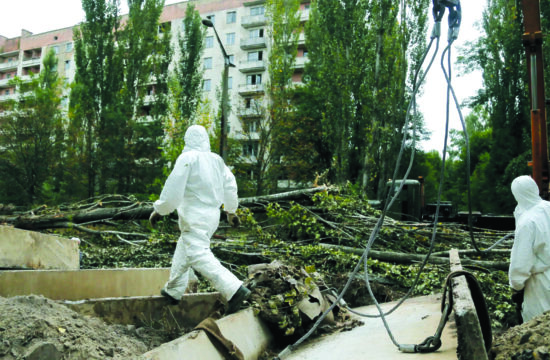The way the film opens is intriguing. It highlights the water crisis faced by the villagers. The director’s deliberate choice to start the film with this scene is a clever way to emphasize the context in which Sr. Rani Maria worked and died – the oppression and mistreatment of the tribal community by the affluent. The film goes on to delve into various challenges faced by the tribals, including resource scarcity, illiteracy, internal divisions, and even instances of suicide.
The Face of the Faceless marks an impressive directorial debut of Shaison Ousheph. The film is rooted in the life of Sr. Rani Maria in Udaynagar, Madhya Pradesh. The film takes care not to put Rani Maria on an unreachable pedestal. Instead, it emphasizes the reality of the place, the struggles of the impoverished, and the mission she embodies. By employing top-angle shots in the initial sequences, the film emphasizes its intention to avoid hero worship and focuses on the people’s plight and the difficulties faced by those who want to serve them. Therefore, the early life of Rani Maria before she came to Udaynagar, is only briefly referenced.
Gradually, the villagers themselves become crucial characters, highlighting that the film is not solely about Rani Maria, but also about women empowerment, battling injustice, and discerning God’s will in religious life.
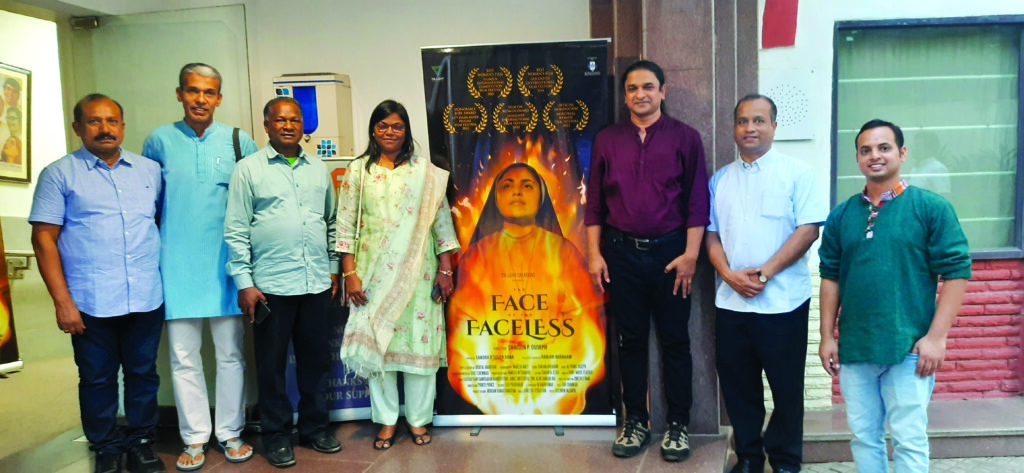
In its exploration of tribal life, the film also provides glimpses into their culture, showcasing aspects of their lifestyle, customs, and culinary habits. Clearly, the film is a result of extensive research. It skillfully portrays conflicts at multiple levels: within the tribal community, between the community and the village elite, and within the community of nuns.
These conflicts are interwoven with Rani Maria’s internal struggle regarding the continuation of her work and its alignment with God’s will. Her visits to her spiritual guide, Swamyachan, offer her rays of hope.
The film also showcases the community life of Catholic nuns. It is depicted realistically, acknowledging that women who choose this life are ordinary humans, who inevitably have their imperfections, and conflicts. The film does not shy away from exposing the inner conflicts that some nuns experience. This adds authenticity, reminding viewers that nuns and religious are ordinary human beings seeking to discern God’s will.
The film beautifully portrays the struggle to achieve reconciliation and the challenges of loving an enemy. How difficult it is to love an enemy who just wants to hate and threaten! Is it easy?
Vincy Aloshious delivers a commendable performance in the lead role, conveying the grace, the inner turmoil and conviction of a committed religious nun. The supporting cast, particularly Sonali Mohanthy as Karali, shines in bringing out the nuances of a tribal woman.
While the film is not without its flaws, it stands out as a religious film that avoids overt hero worship and religious melodrama. Instead, it offers a genuine portrayal of a Catholic Sister who worked for the poor in contemporary India.
As there are hardly any films that depict the lives and struggles of Catholic religious who spend their lives in service, the Indian Christian community should happily welcome and promote this film. It is a rare film that encourages film makers to take bold risks in depicting the Christian mission in contemporary India, where there is a sinister attempt to portray Christianity as a foreign religion and the service of priests and the religious as attempts to convert people to Christianity.
_________
Sch. Alam Parmar, SJ (GUJ) is doing his first year of theology at Vidyajyoti, Delhi.


